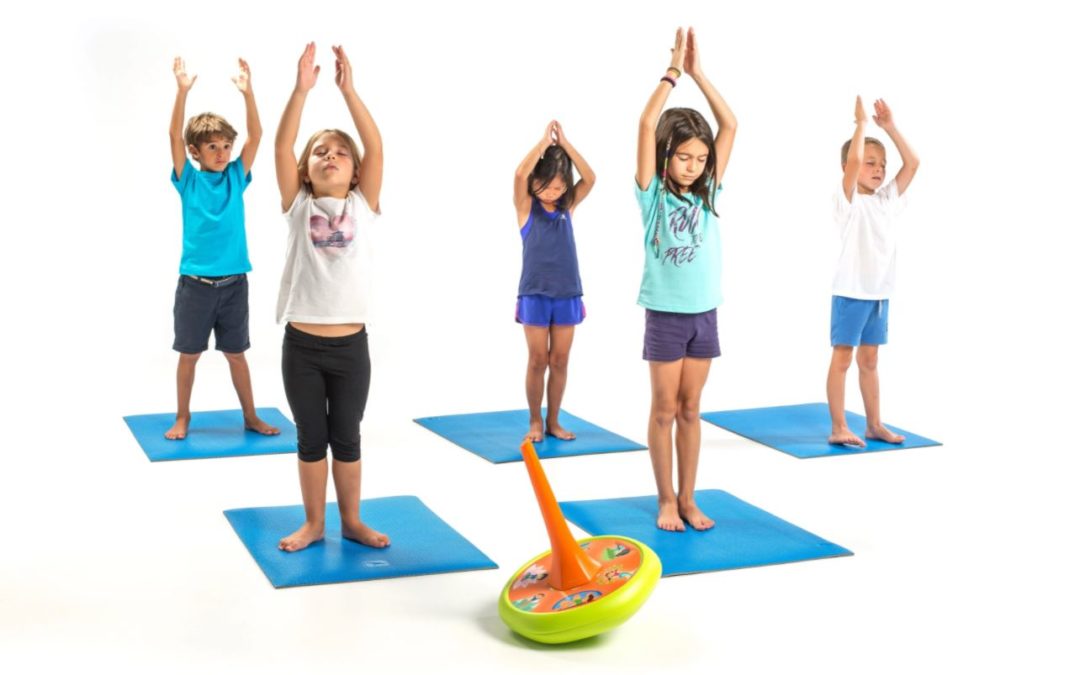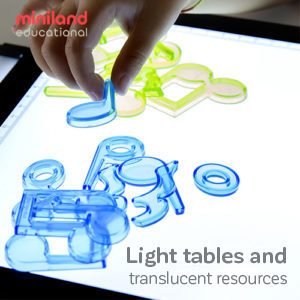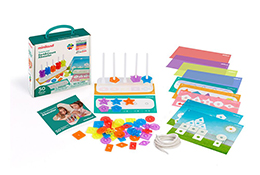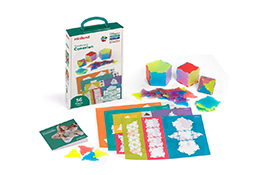All it takes is a little discipline, and willingness to commit at least 20 minutes of daily class-time to mindfulness practice. This practice can be as simple as taking a series of deep breaths — yoga for children is making strides in classrooms across the country without requiring anyone to tie themselves into complex knots
We share 3 ways yoga and one resulting skill, mindfulness, helps you prepare your class for the demands of 21st century living, and how you can facilitate it with the help of Miniland’s Mindful Kids program.
Make the idea of exercise normal (and fun)
Contrary to some popular misinformation, yoga is an exercise not a religion. The terms that make it sound unfamiliar are really Sanskrit words that describe the poses and sequences that make up this ancient Indian practice. It helps to know this when facing a sceptical parent. You could even assure them that a learning aid like Mindful Kids focuses on the essentials: all of the 36 activities, including the yoga sequences, are taught and described in English or Spanish. With this commitment, you can focus on reaping the main benefit of bringing this practice into your classroom — making exercise a normal and loved part of daily life.
Physical exercise is just as important as mental gymnastics when developing a healthy body, speech and mind. However, children often learn that it is something to be avoided, or resented. By integrating daily, gentle routines such as yoga into the school day, you help children understand that structured exercise can be linked to their well-being without the torturous activities they may come to associate with it in gym class! This helps them grow into their full capabilities as adults.
Say goodbye to bad behavior
Disruptive behavior is rarely the fault of the child who displays it, but that doesn’t mean it can’t kill a good day. Negative behaviors impact on everyone’s ability to learn. One of the many benefits of yoga is that it improves self-regulation. While children may still experience emotional extremes, or struggle to concentrate, the sense of internal spaciousness that yoga creates means they’ll better be able to recognize the disturbing emotion and manage it themselves or with a trusted adult. The good news is that if your class doesn’t take to yoga, Miniland Kids comes with a host of generalized mindfulness practices that all yield the same benefits of a positive classroom climate.

Boost their academic performance
Mindfulness, by definition, is the state of focused, non-judgemental awareness. The key benefit of yoga is that it grows this ability to concentrate in this way. When combining mindfulness with the additional benefits of yoga — physical fitness and mental health — you have a recipe for academic success. Mindful Kids is also perfectly suited to cross-curricular lessons. Each of the 36 activities lend themselves to being tied to curriculum subjects such as Nature Studies, Mathematics, Creative Arts, and Physical Education.
We know that deadlines are tight, and taking time away from scheduled curriculum can be nerve-wracking. That’s why we’ve designed our entire range of educational toys to help you deliver multiple subjects simultaneously — it’s all a matter of where you choose to focus. This not only saves you money, but also frees you to attend to aspects of the hidden curriculum (like mindfulness) that make a significant difference to the learning day. Take a look at our catalog to find out more.




